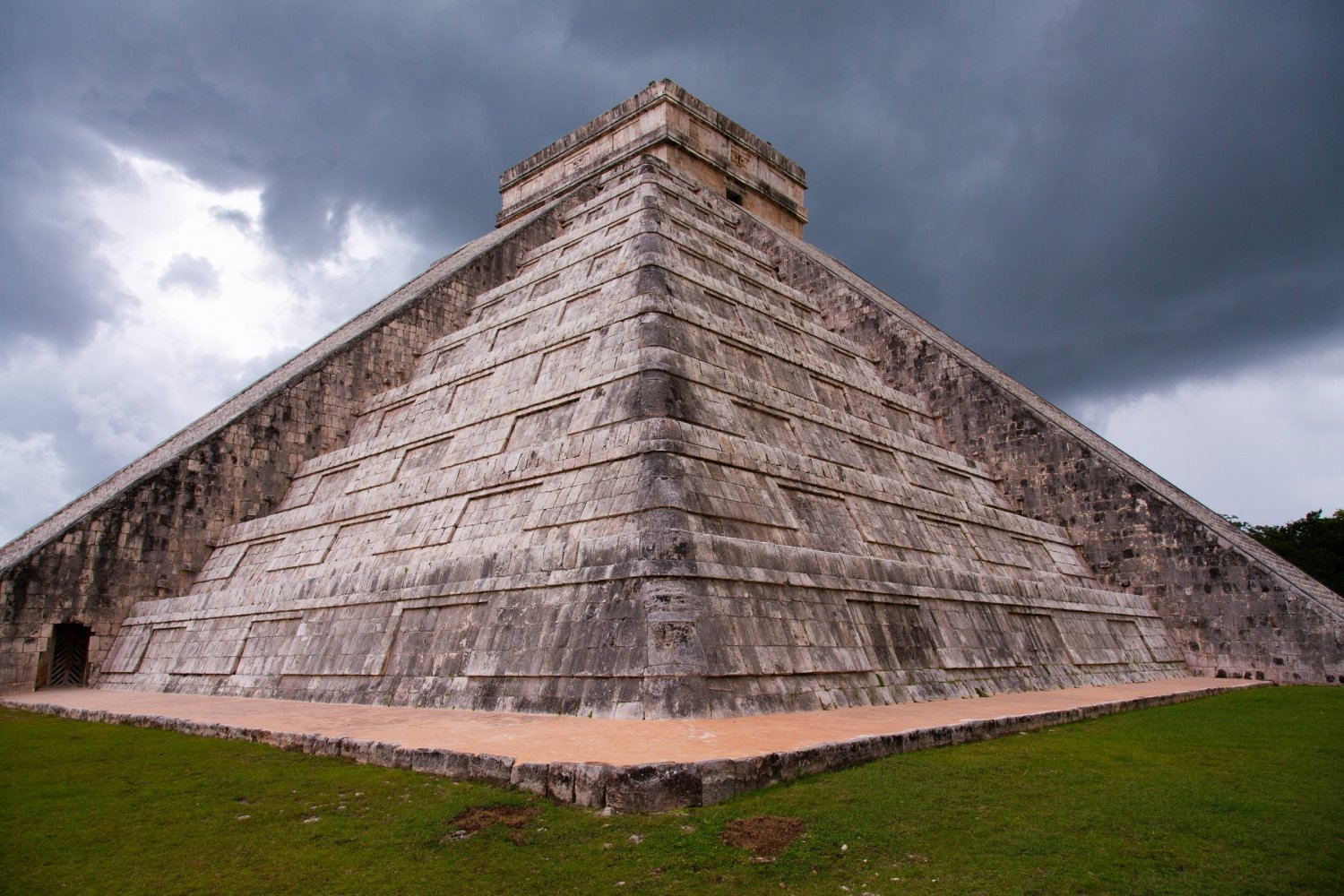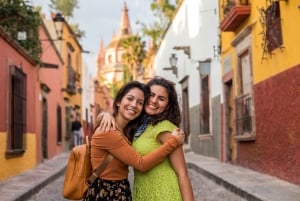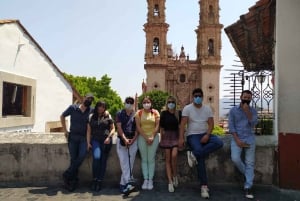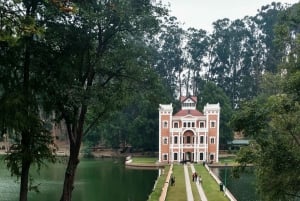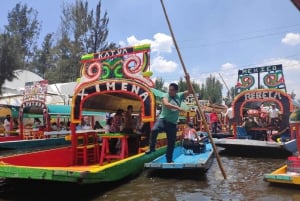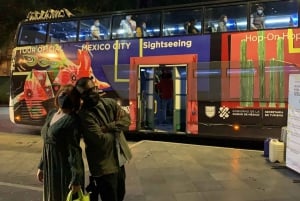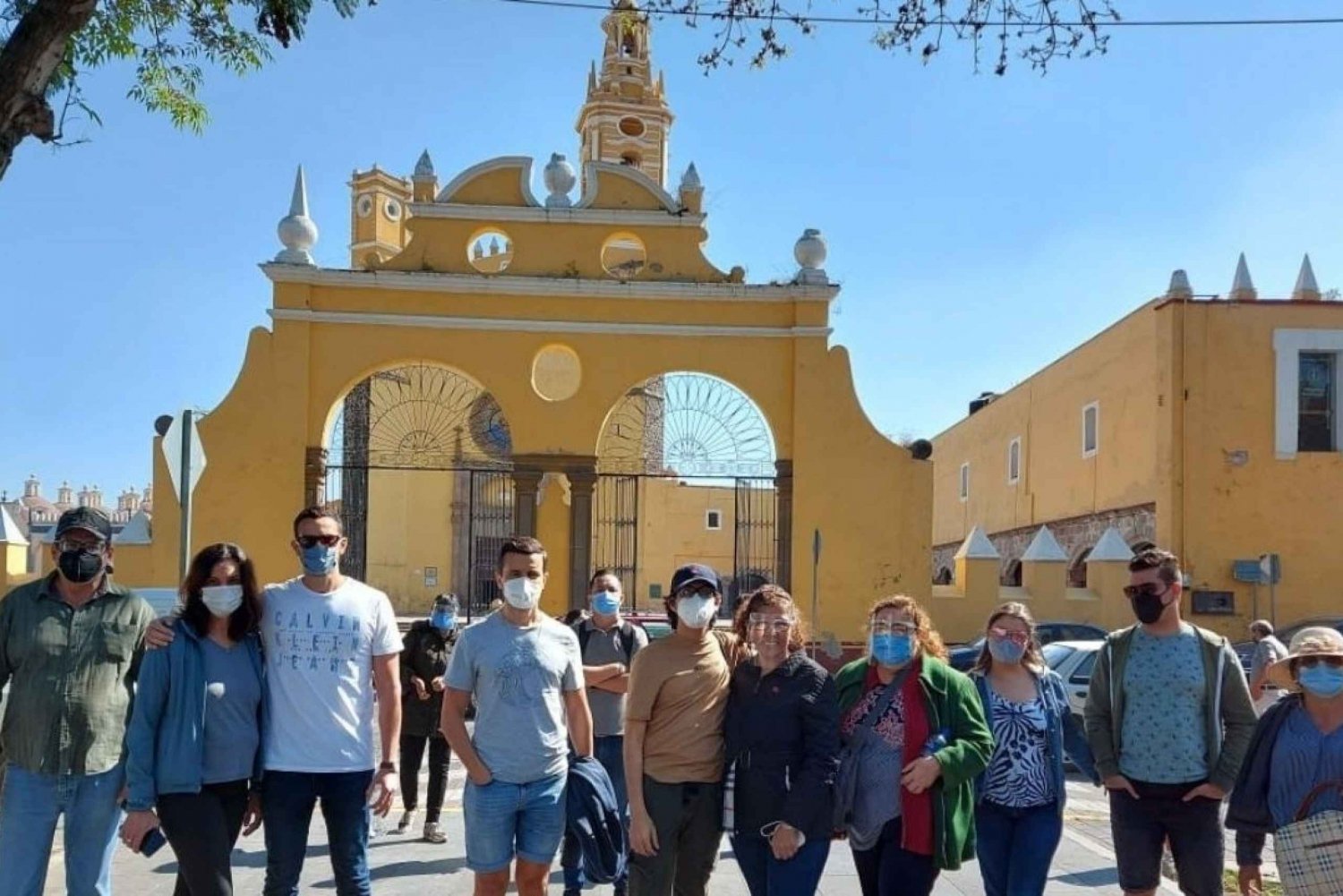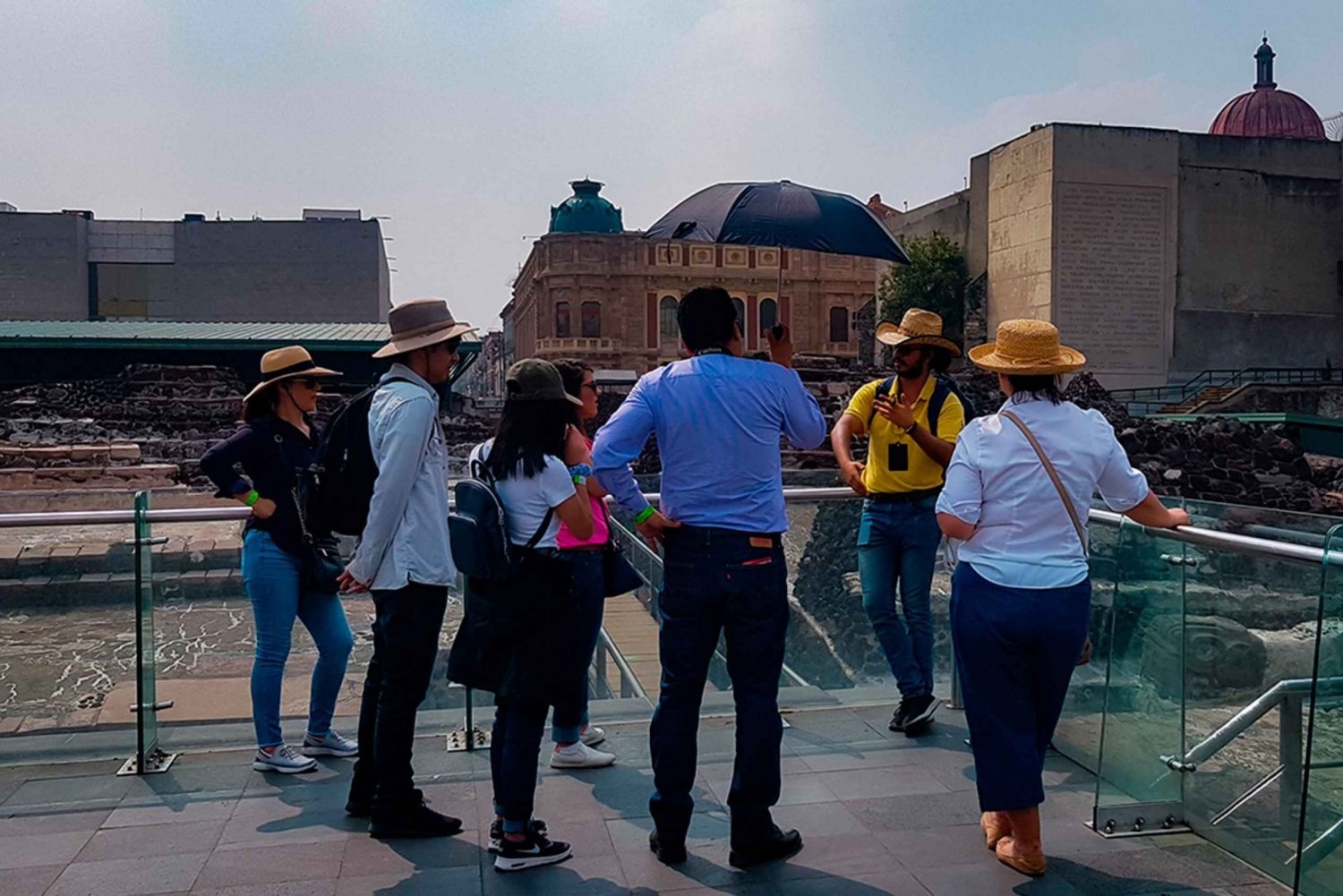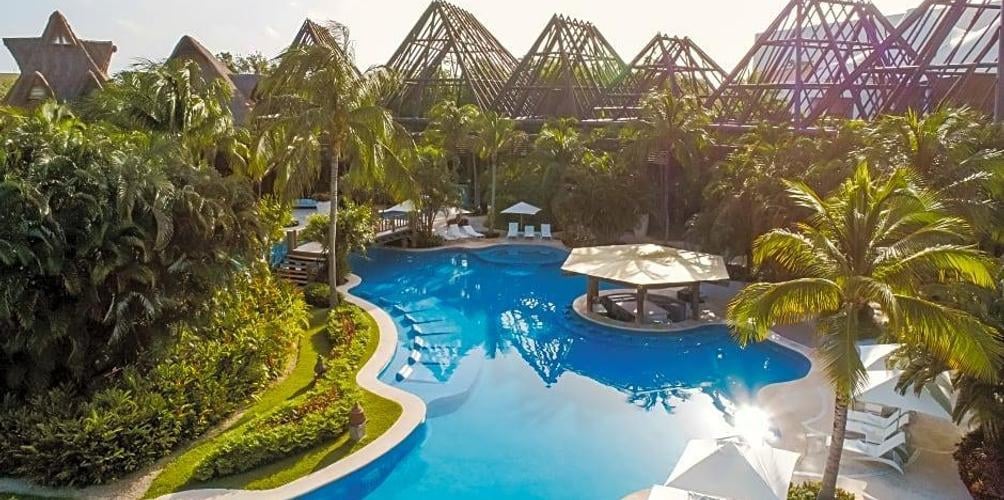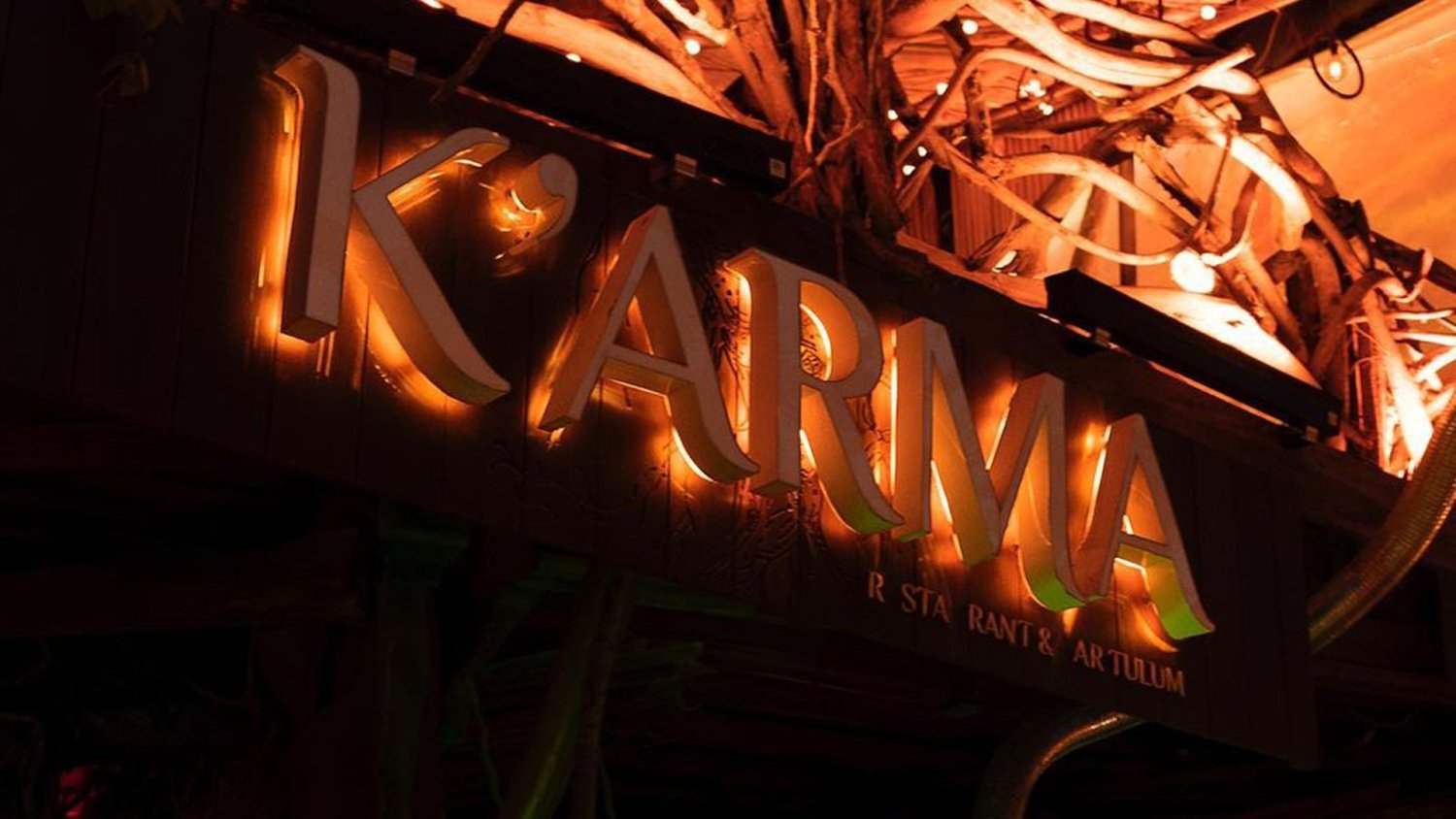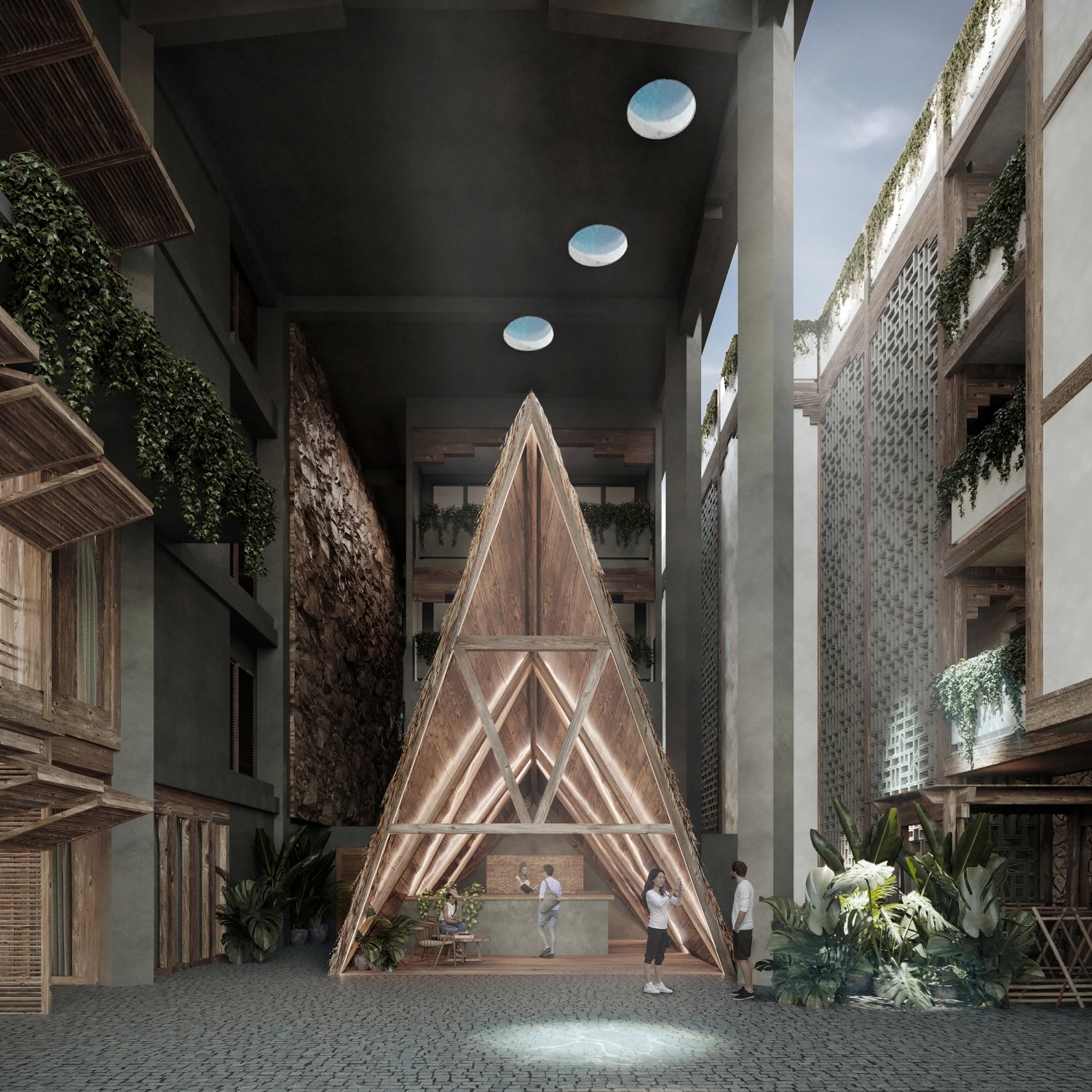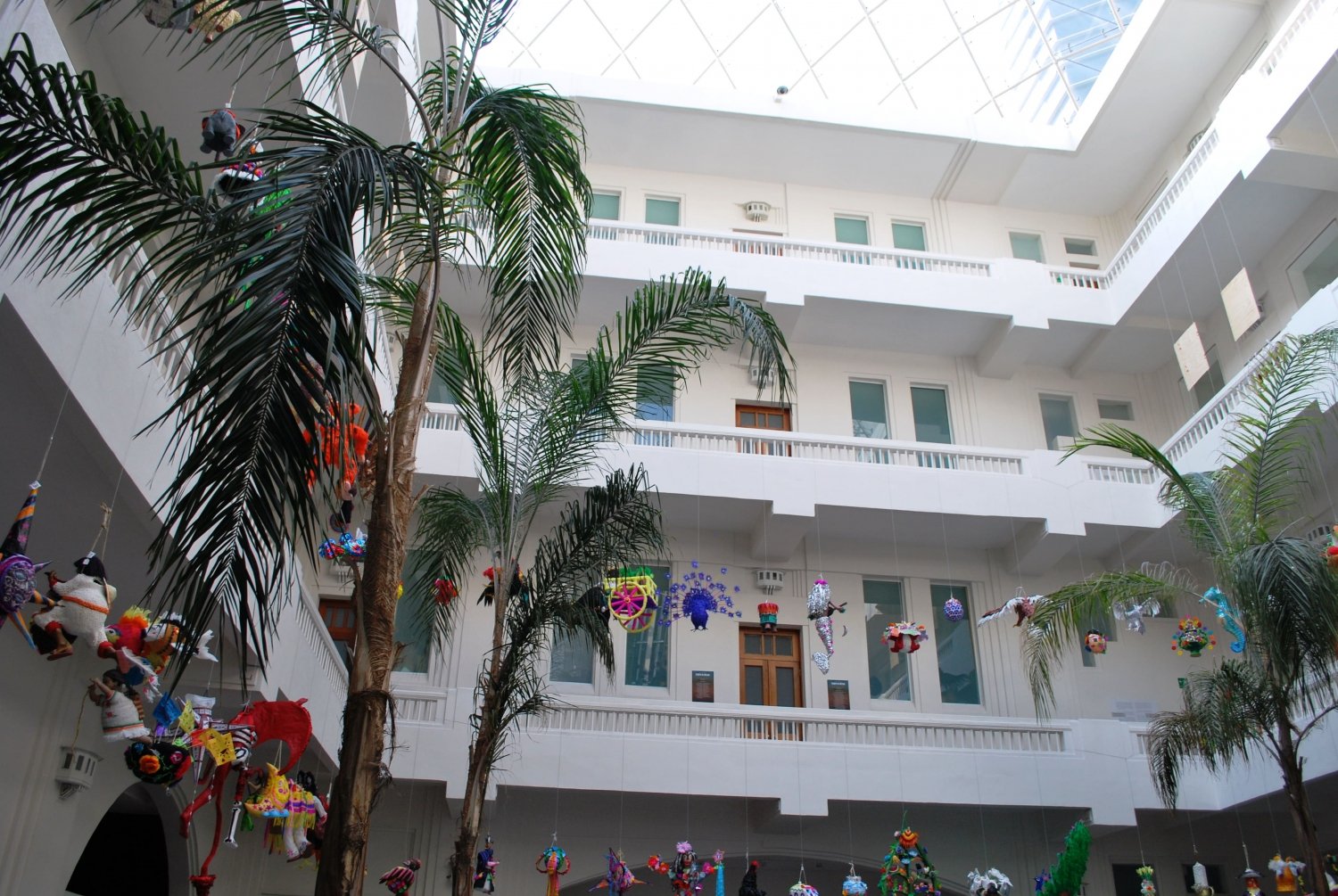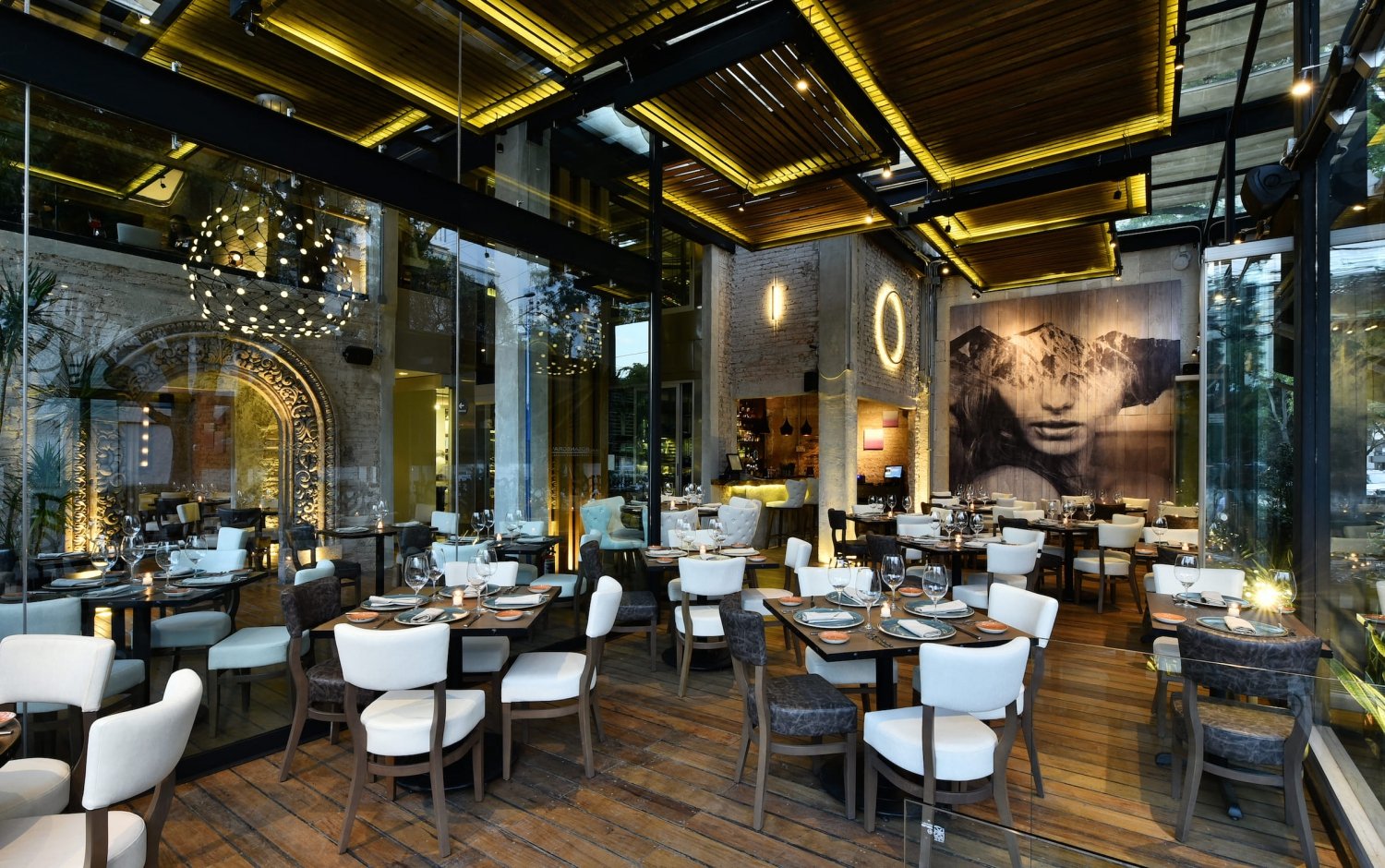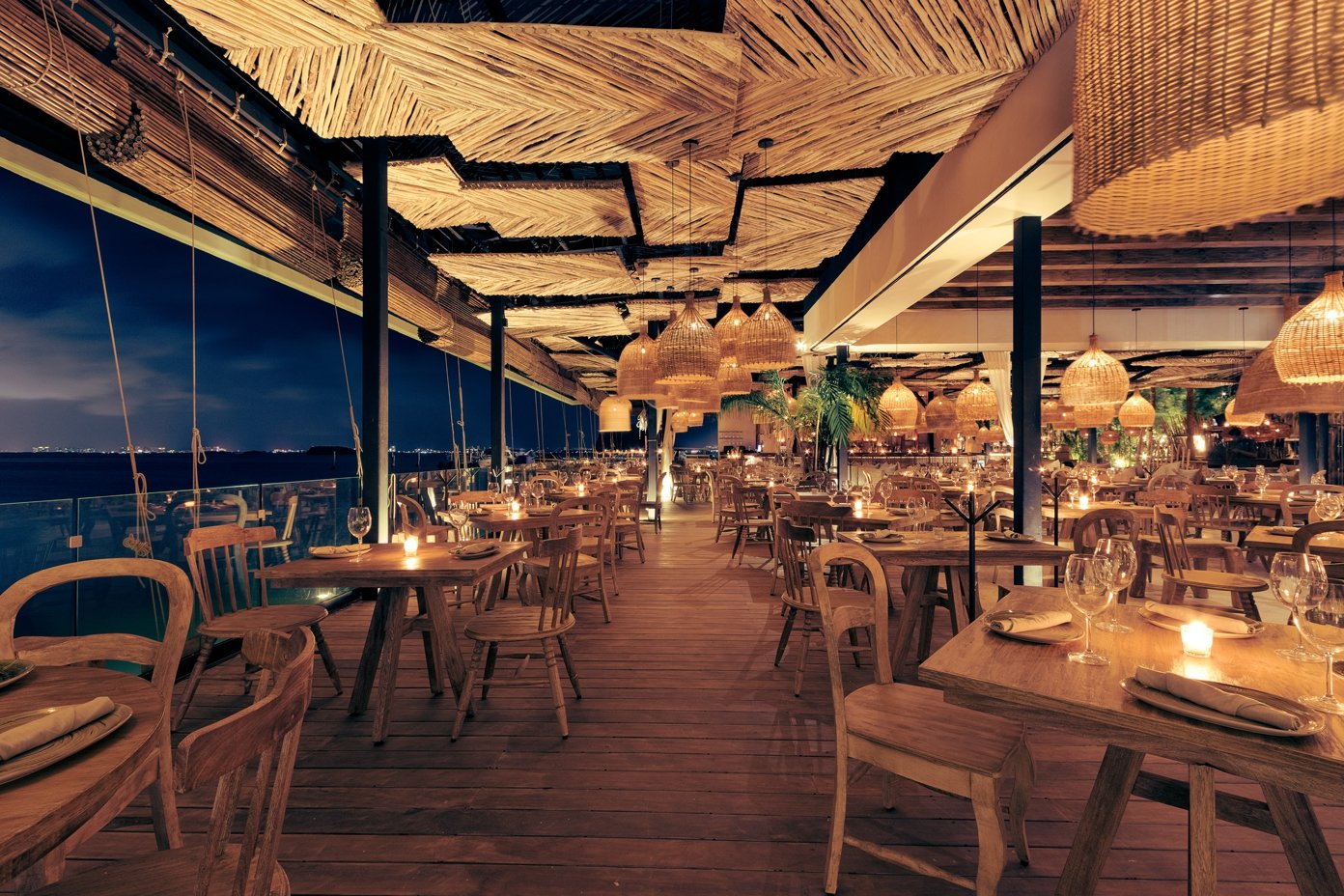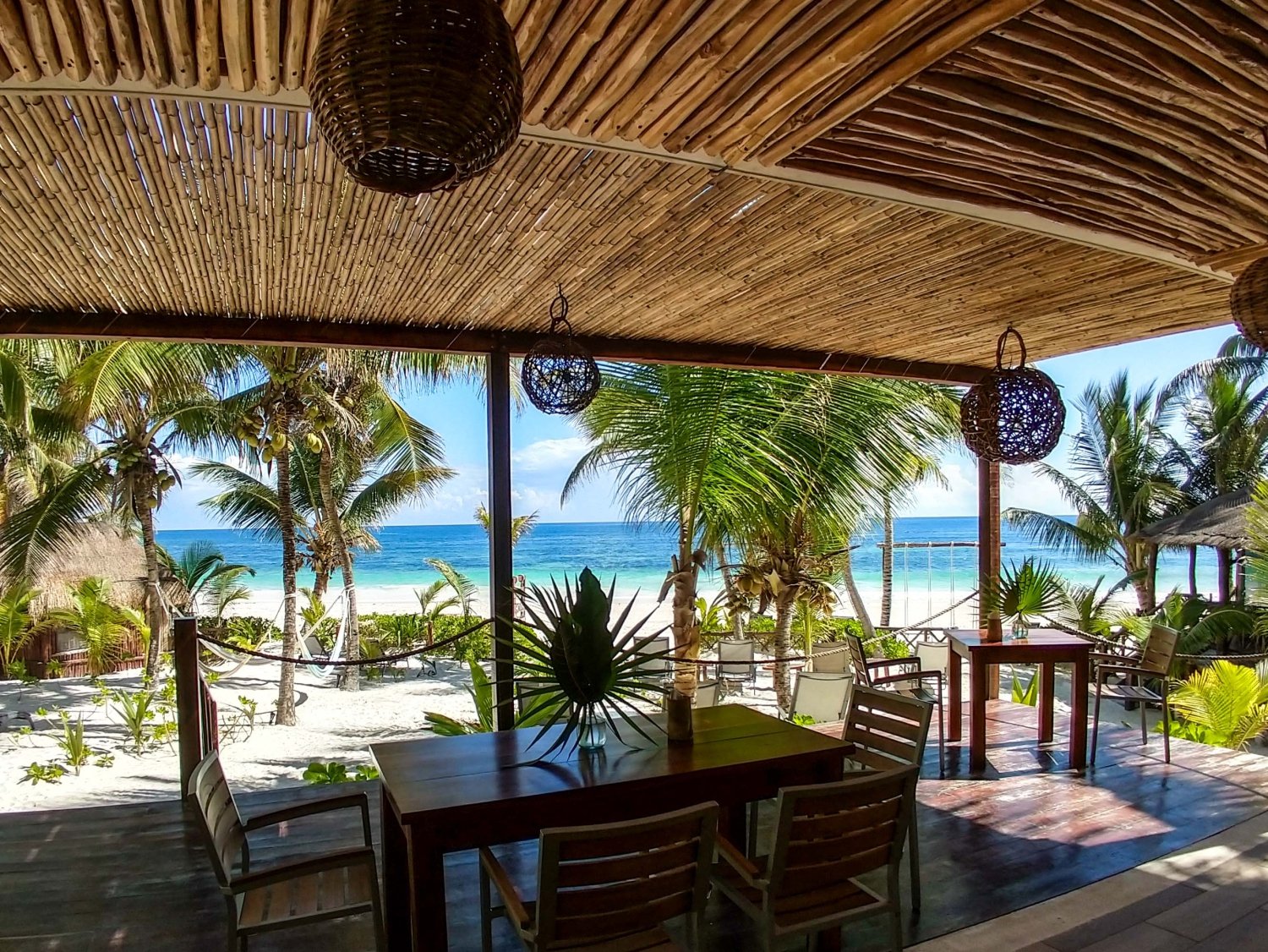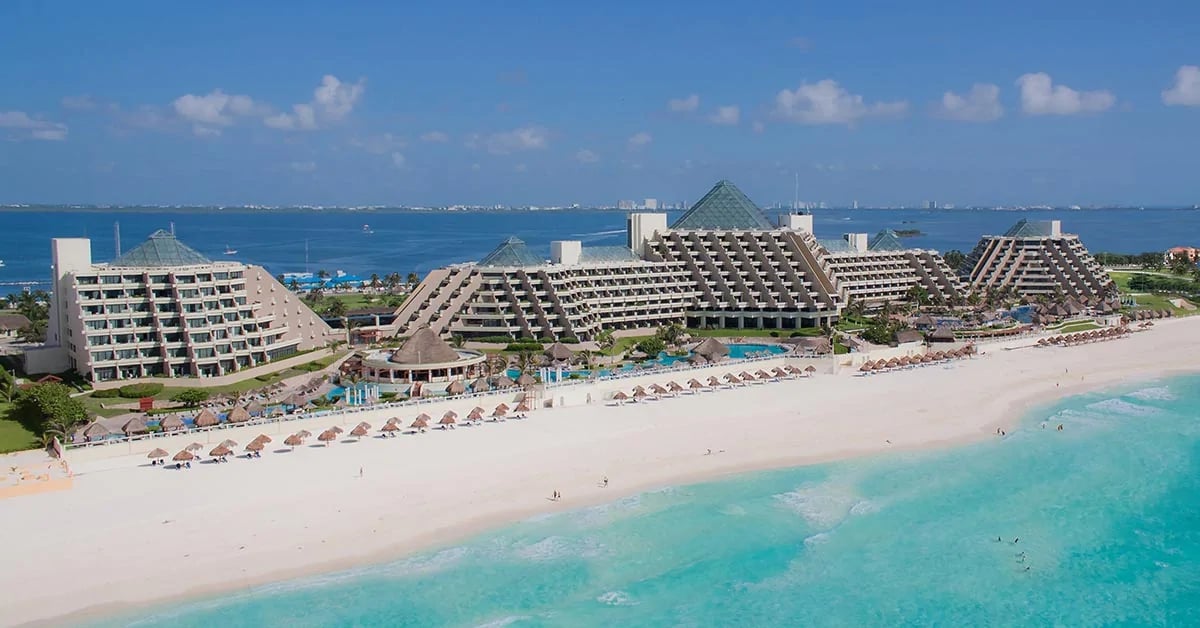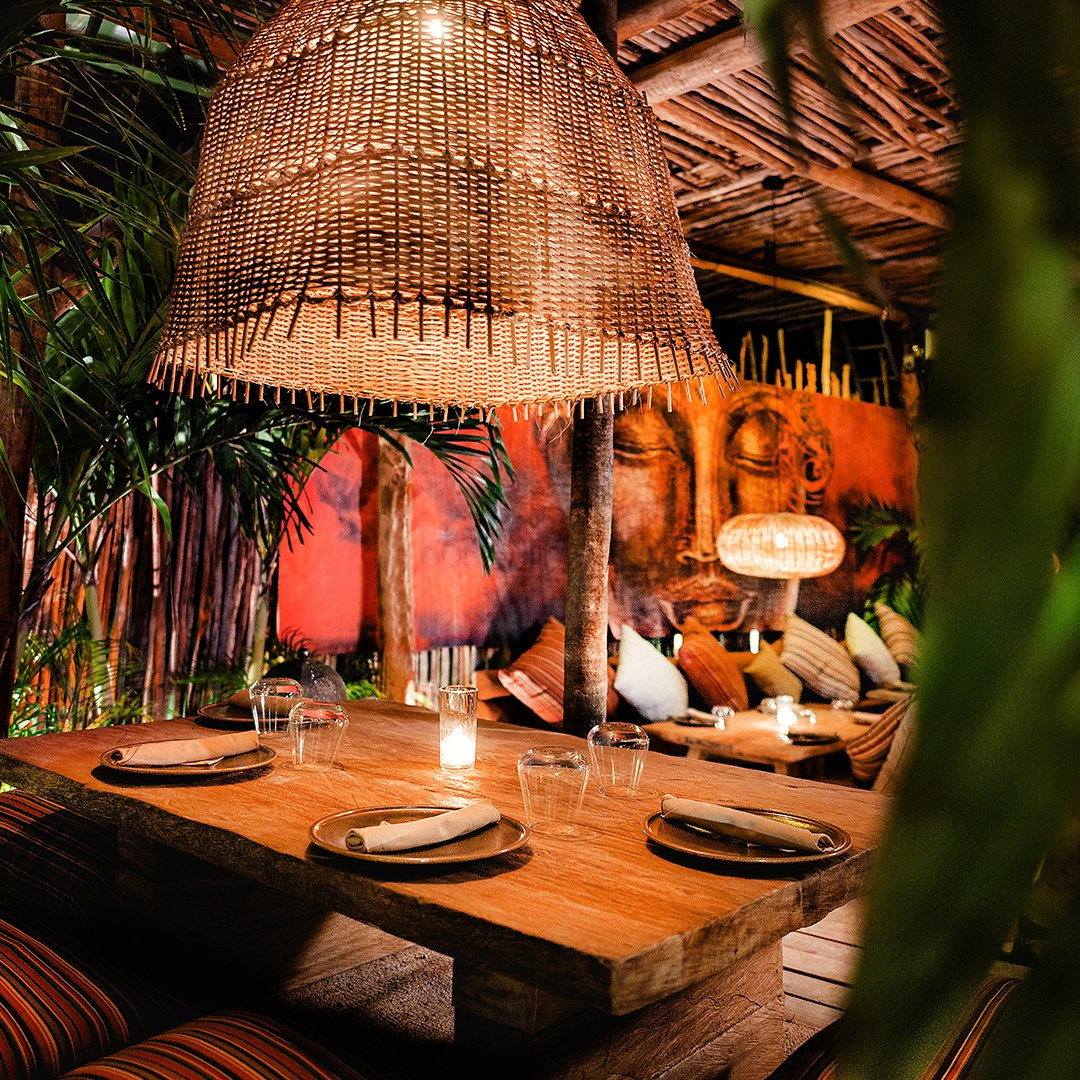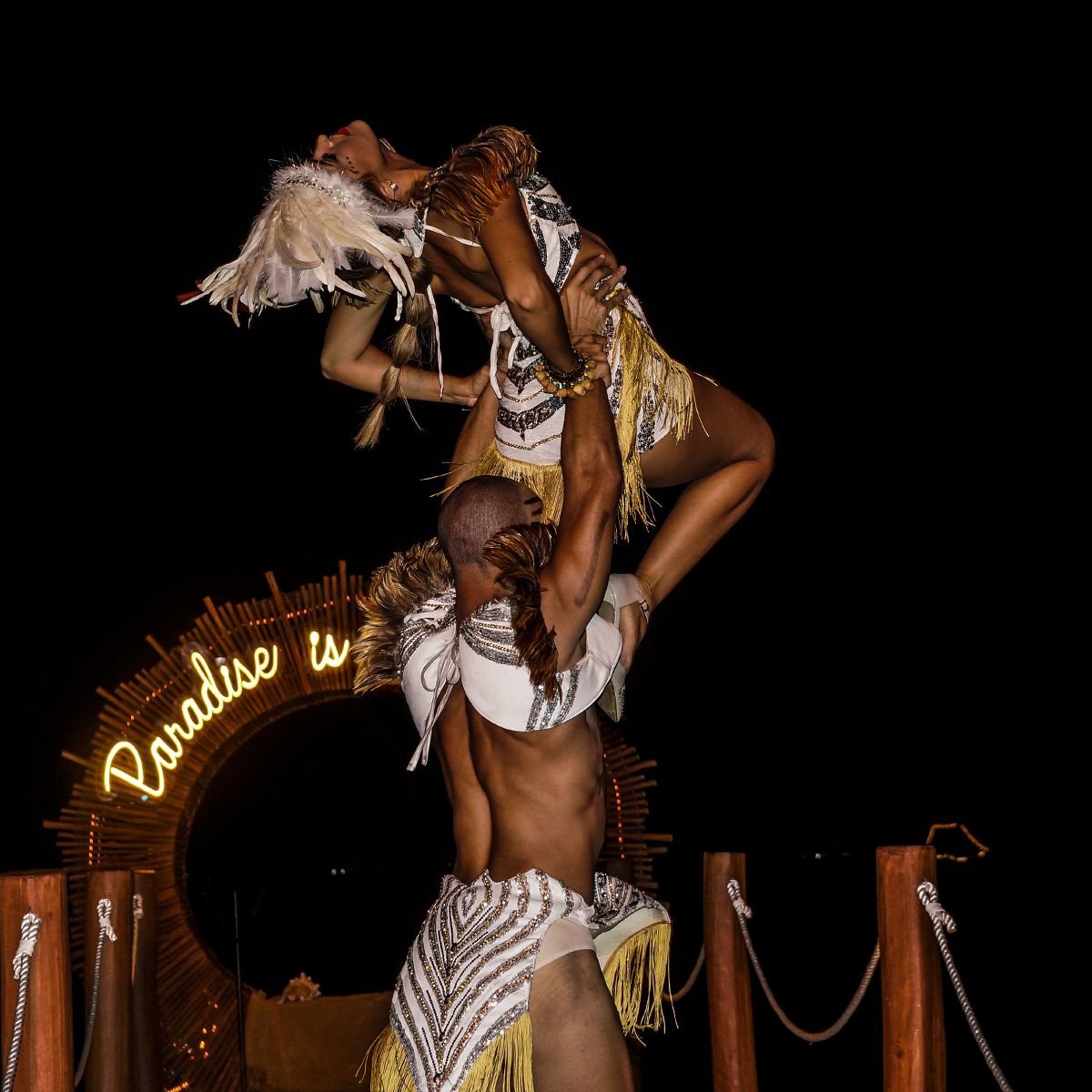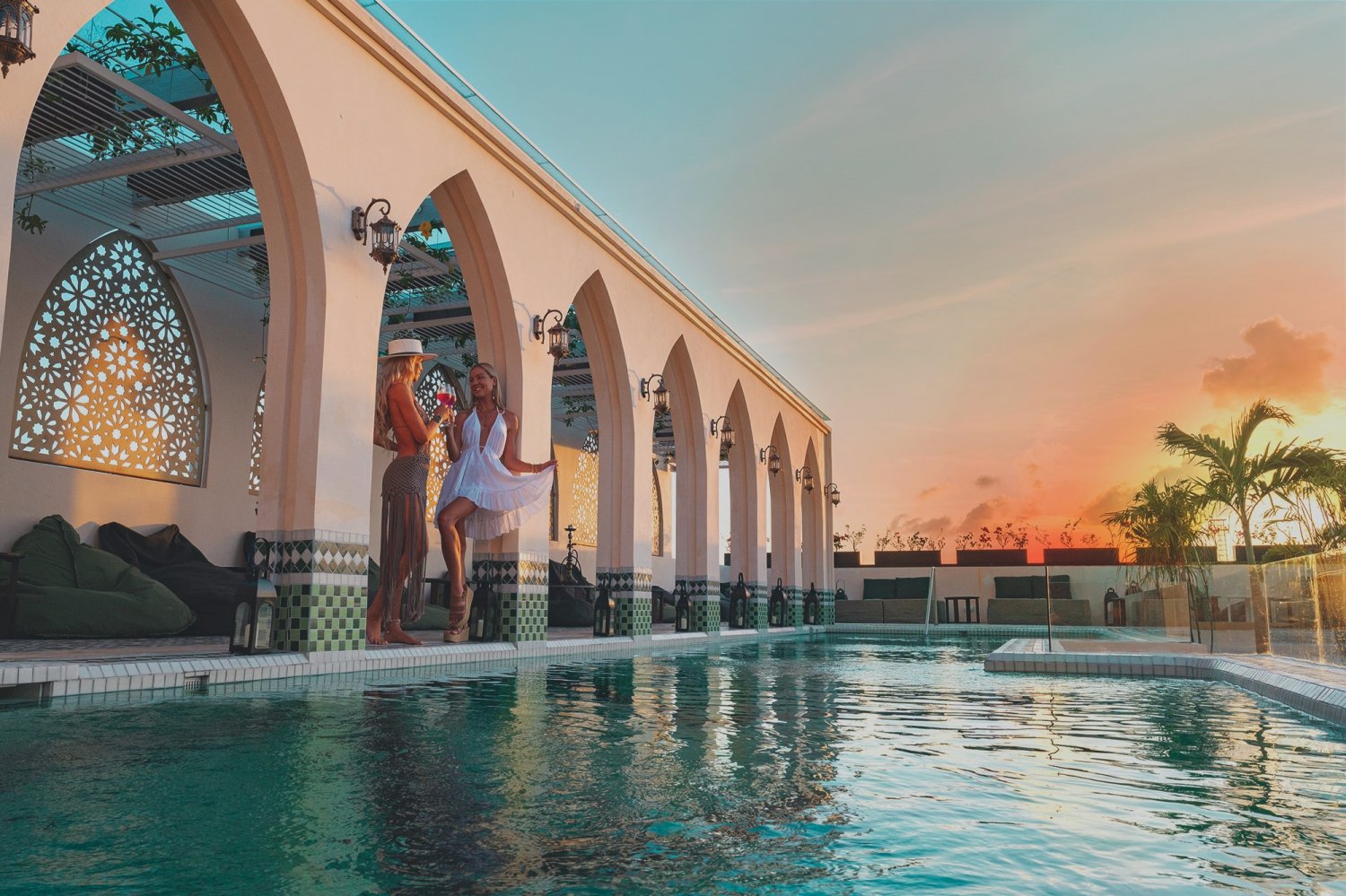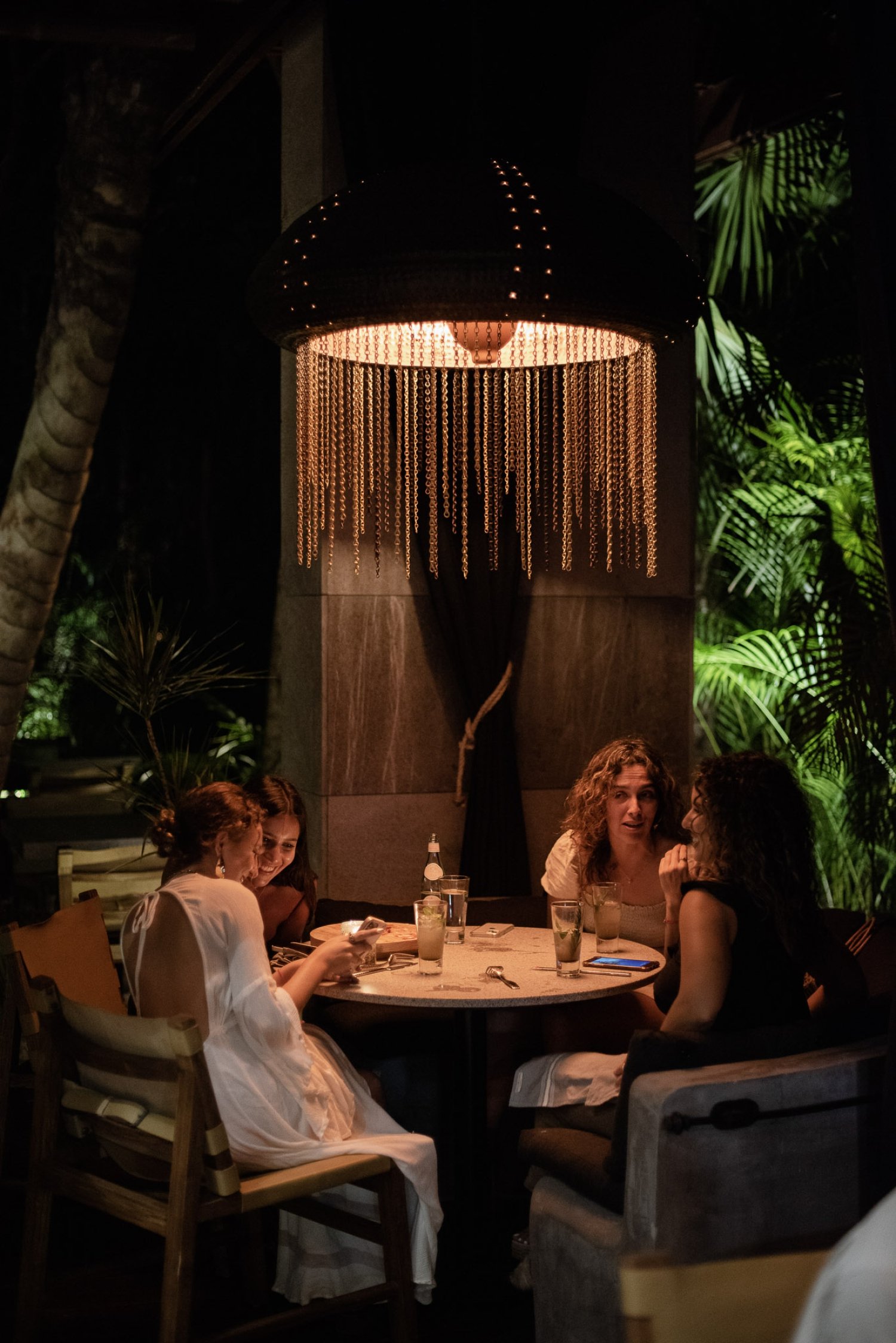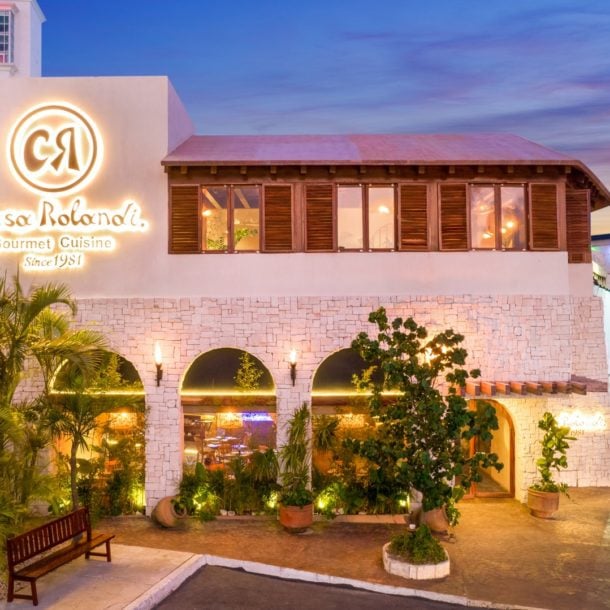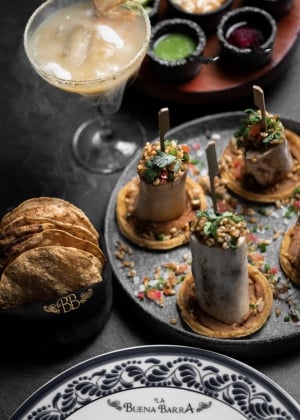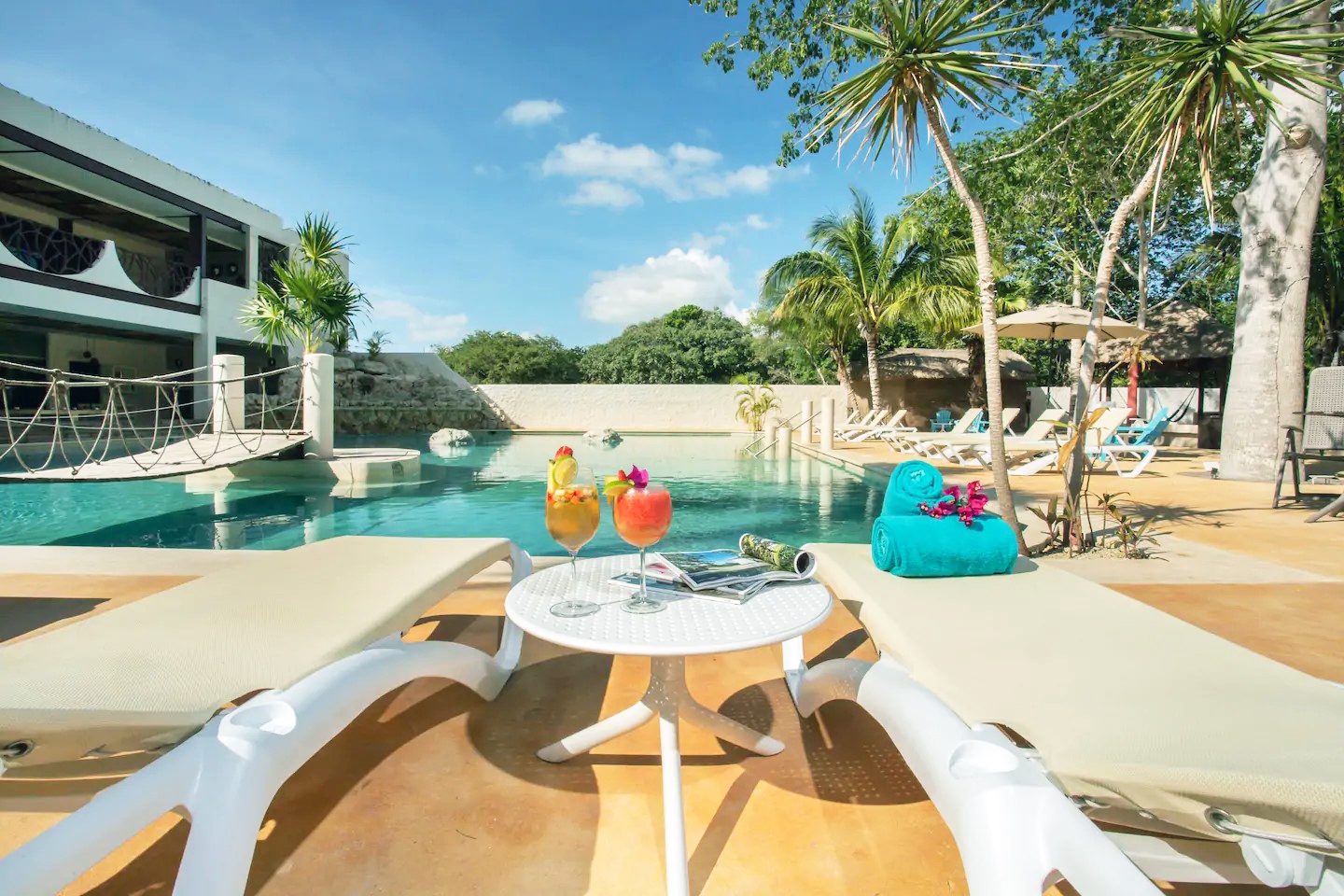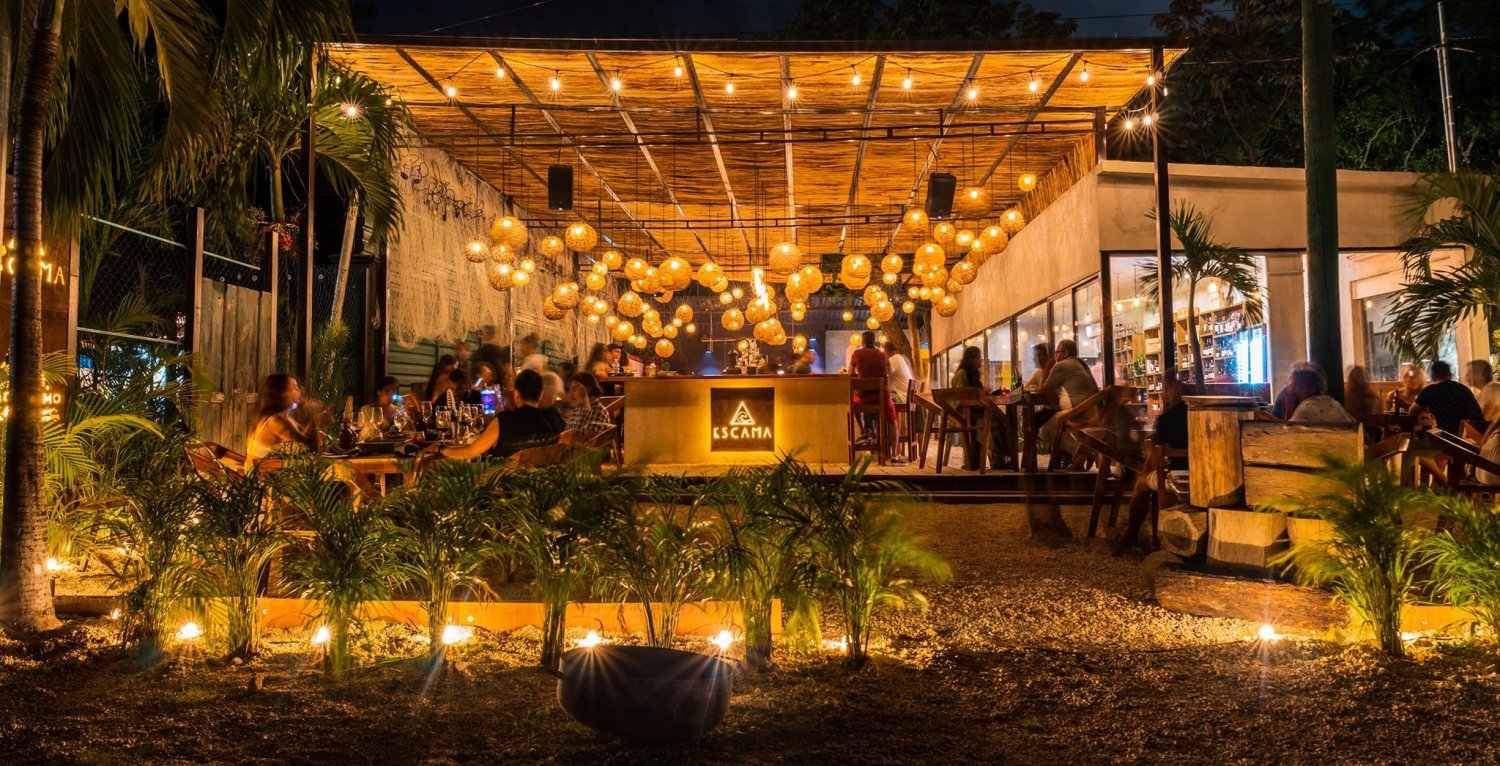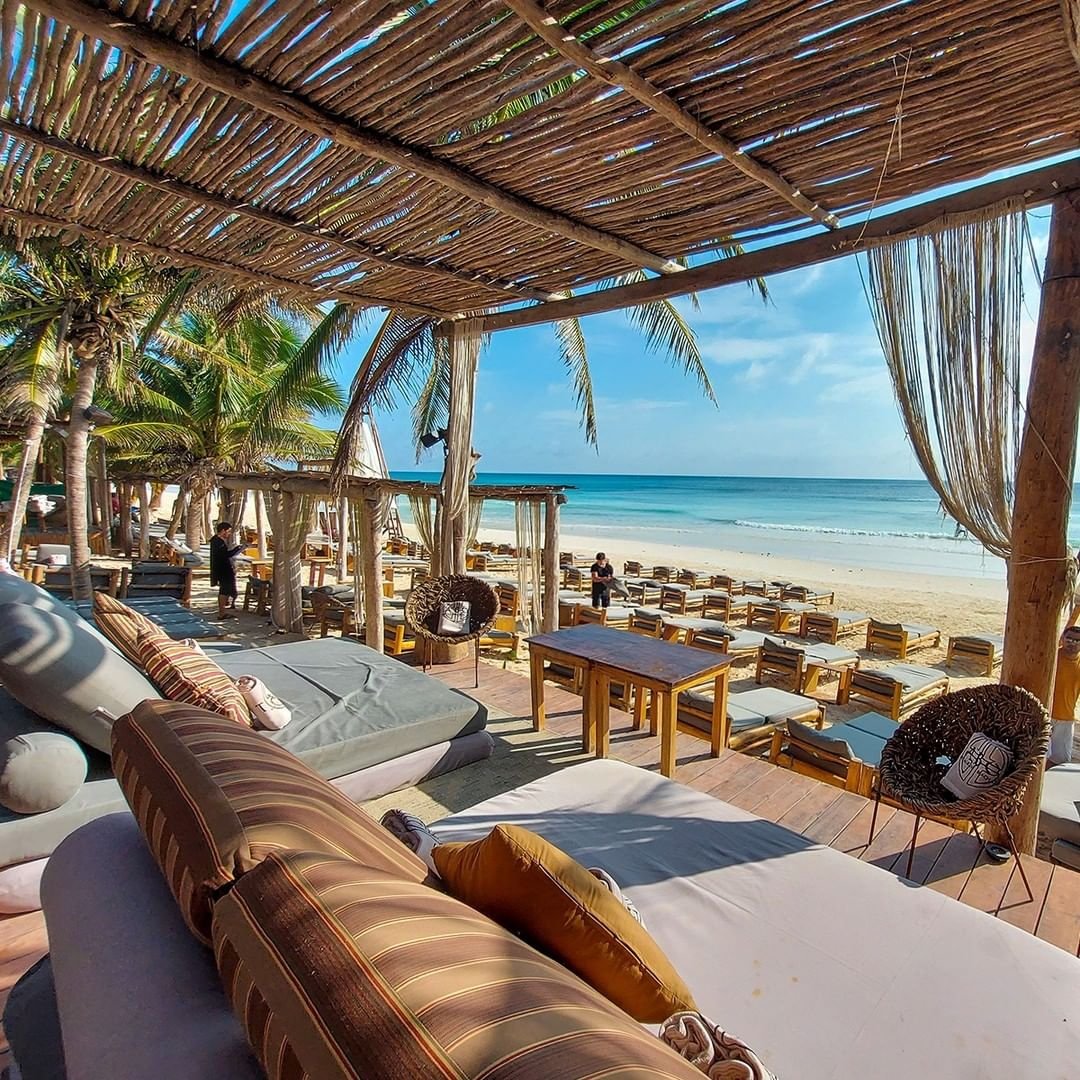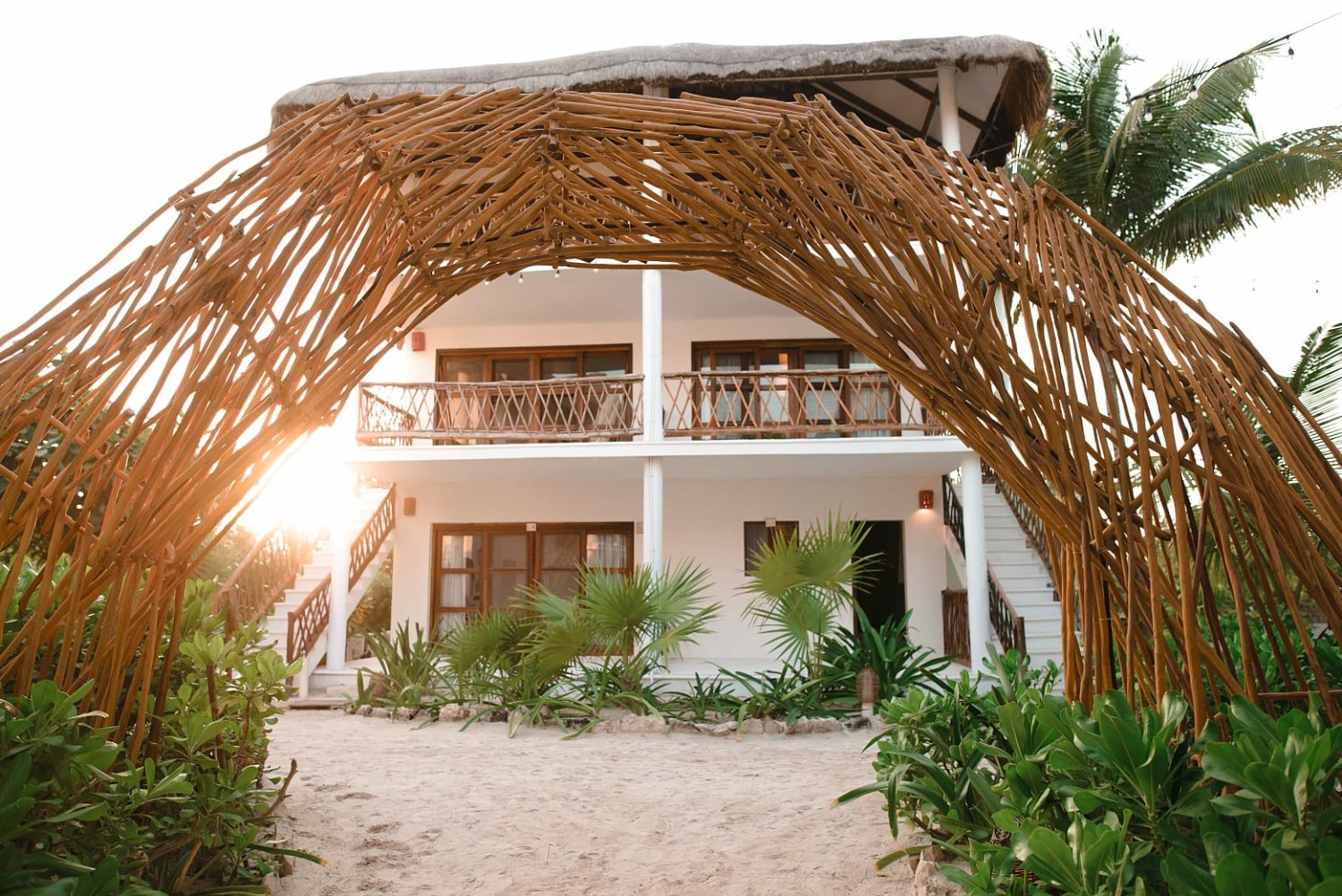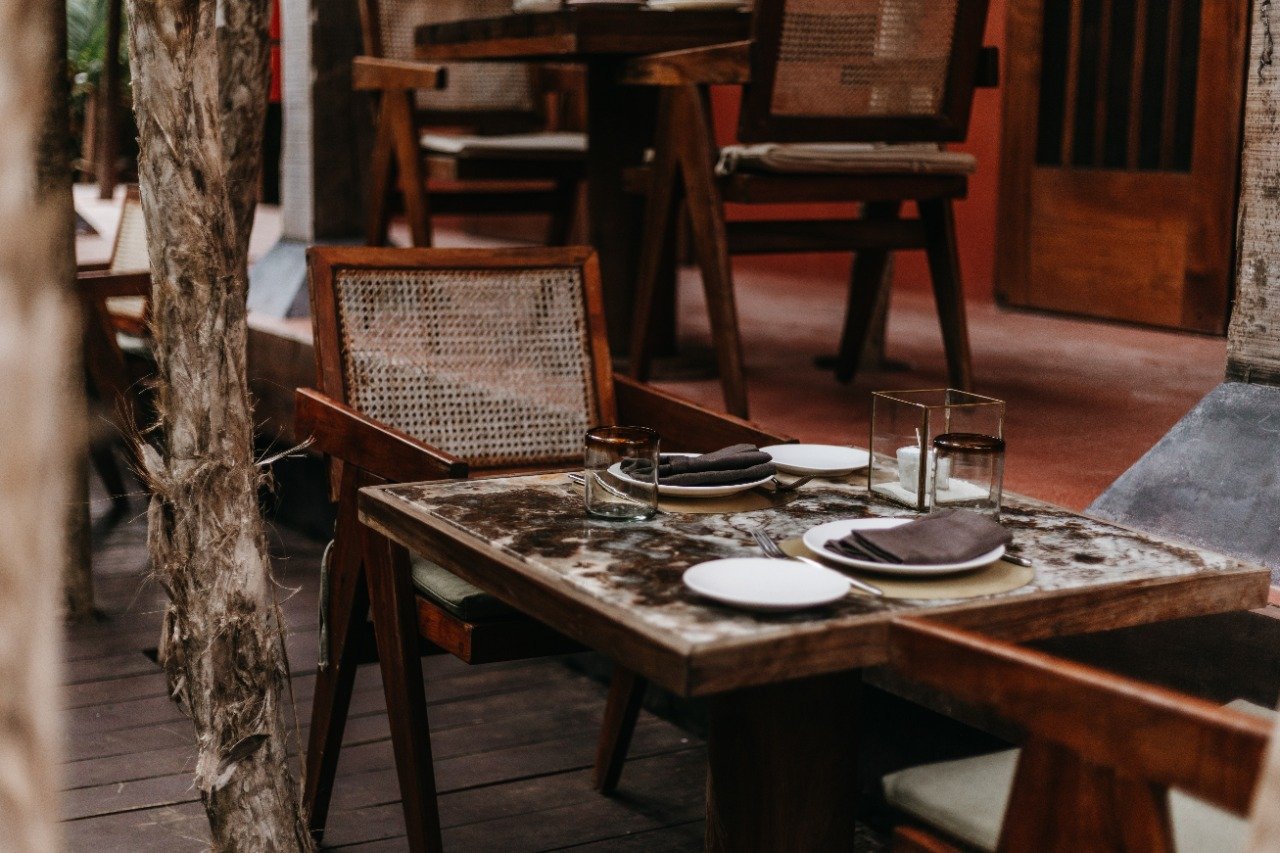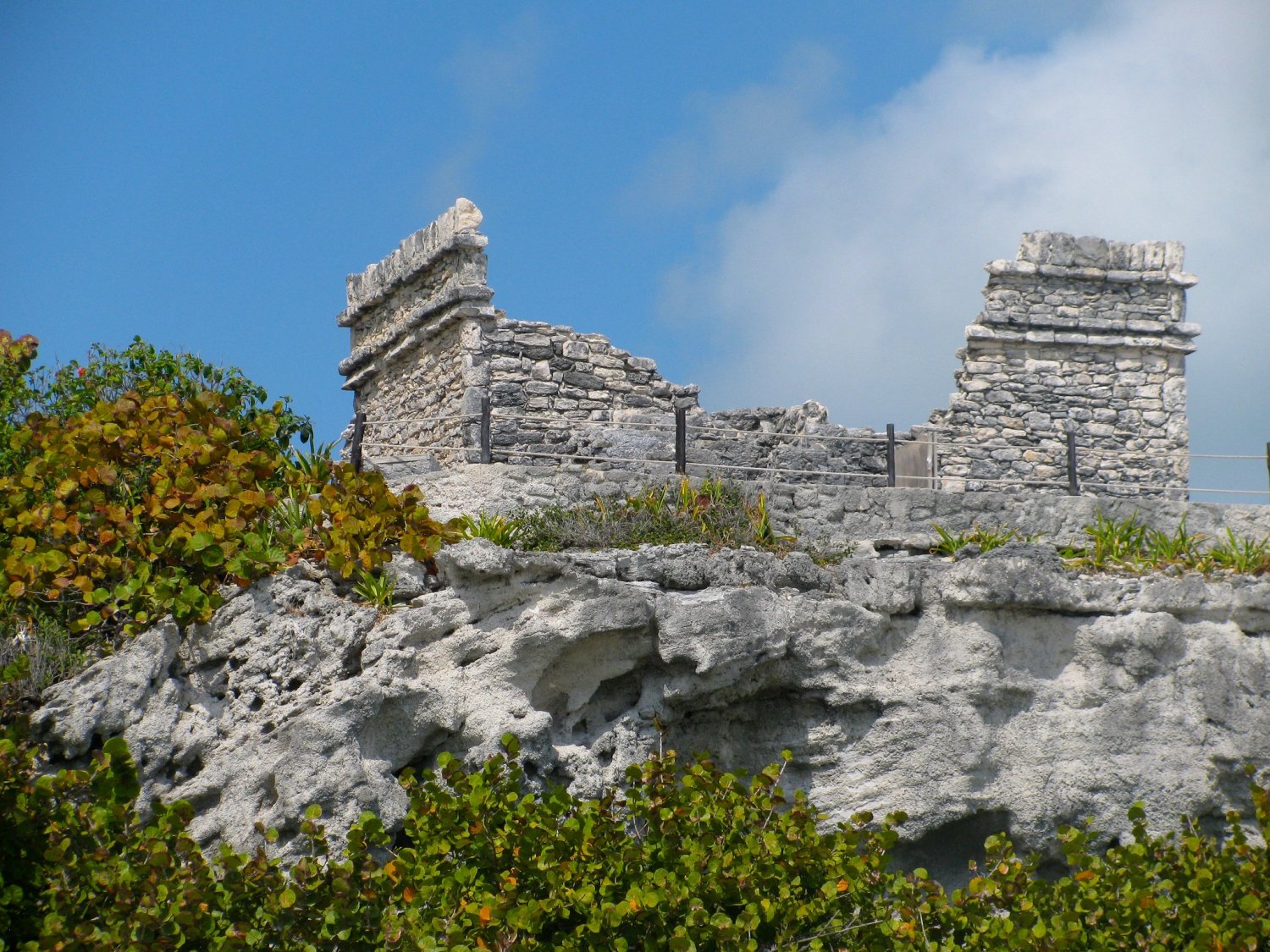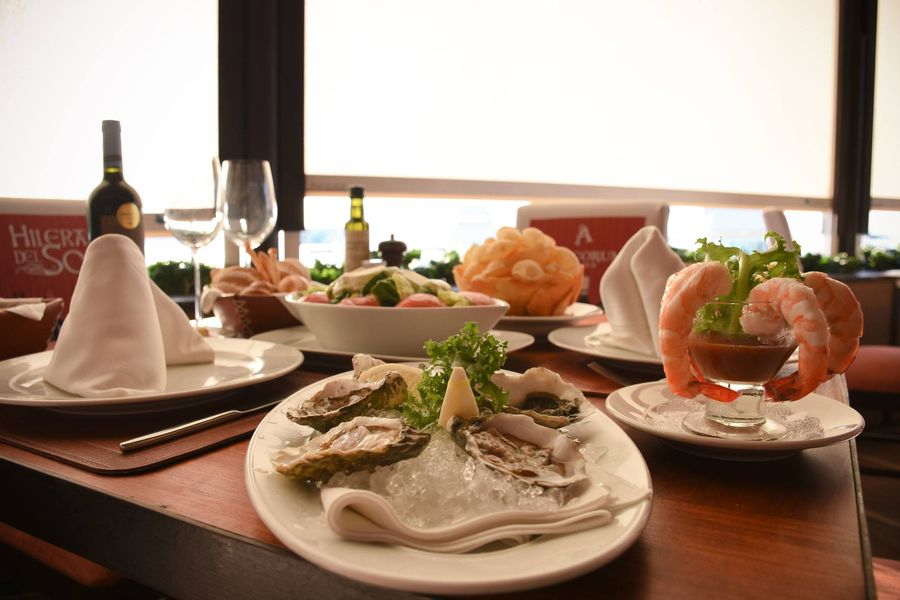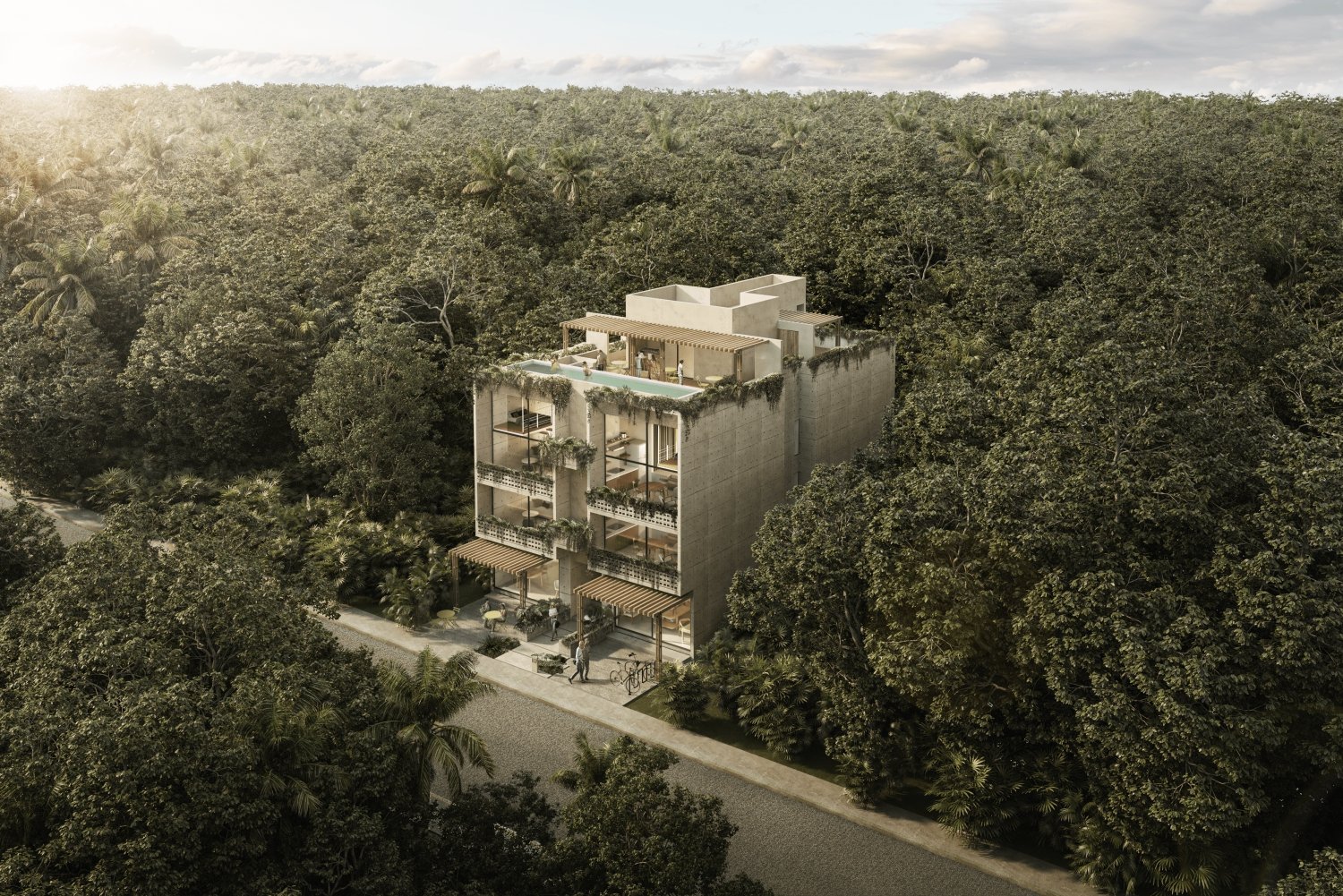History and Culture of Mexico
From Aztec roots to the Spanish invasion
Mexico City has a rich and exciting past that brings a new depth to its exceedingly modern exterior. The original city was founded in 1325 by the Mexica people, ancestors of the Aztecs, who built upon the island of Lake Texcoco. Then called Tenochtitlan, the ancient settlement was badly damaged during a Spanish siege in the sixteenth century, and the Spaniards went on to build a modern Mexican City amongst the ruins. The new city was then able to expand following the draining of Lake Texcoco, and the prosperity of Mexico City became a triumph in the Spanish colonization of the Americas.
The Spanish rebuilt Mexico City under marginally the same layout as the original Tenochtitlan but built Catholic churches over the old Aztec temples. Many of these sixteenth-century churches are still visible today, in the historic center of the city. In particular, the Mexico City Cathedral, which was built over the remains of the main Aztec temple. There are also many great palaces and magnificent homes in the city, as Spaniards discovered the benefits of nobility in a prospering land; the prevalence of palatial buildings in the capital led to its nickname of ‘The City of Palaces’.
War and Independence
Mexico City’s past is not all prosperity and palaces - there were battles fought and bloodshed too. In the early nineteenth century, the Mexican War of Independence marked a decade of unrest, as the country fought for its independence from Spain. The most important national holiday in Mexico, their Independence Day, stems from the event that kicked off the war - Grito de Dolores (‘Cry of Dolores’) on 16th September 1810. The unrest didn’t end with the break-off from Spain; the Mexican-American War (1846-8) later saw Mexico City captured by an American army after they attacked Chapultepec Castle, a major stronghold of the city.
President Porfirio Díaz
During President Porfirio Díaz's 30 year rule in the late nineteenth century, Mexico City became a modern metropolis, with a structure based on the cities of Europe, in particular Paris. Architecture took on a distinct Parisian style fused with the traditional Mexican design; many of the cities iconic landmarks were built during this time.
However, President Porfirio Díaz is now widely considered to have been a dictator – he imprisoned one of his rivals so as to continue with the presidency. His regime in Mexico City became nationally unpopular and sparked the Mexican Revolution, a 10-year struggle that continued long after Díaz was overthrown. The revolution’s effect on the city can be seen in the famous Monument to the Mexican Revolution; this was initially the main dome of the president’s new senate hall, but the building was never completed and it became a striking symbol of his downfall.
Modern Mexico City
Mexico City grew extremely rapidly in the 20th century. The first skyscrapers were built in the 1950s, with the Torre Latinoamericana gaining notoriety as the first building of its height to be built in such a seismically active area. The city’s sheer size came at a price, however, with air pollution and over-population rife as villagers descended on the metropolis in search of a better life. Thankfully these teething problems have largely been eradicated in the present-day city.
Culture mix
Mexico City’s culture is like the city itself – an interesting blend of old and new, indigenous, and Spanish. There’s plenty of traditional food, music, and architecture to be found in the city, with the ancient Aztec tortilla flat-breads commonplace at any Mexican meal. Visitors to Mexico City will instantly see the mixing of cultures that make the whole Mexican experience. Aside from food, there is the language – while Spanish is the official language, many words are actually from the ancient Aztec culture and were never used in Spain.
Mañana culture
The culture of the city also reflects the Mexican/Spanish culture as a whole, with life relaxed and slow-paced with an emphasis on food, music, and group gatherings. Mañana culture is famous for its disregard of punctuality, and events such as evening parties often start hours later than intended; this is a city for night owls. Likewise, don’t turn up to eat lunch at restaurants too early – the second meal of the day is often eaten past two in the afternoon. You can also enjoy a traditional midday siesta to escape the hottest part of the day.


